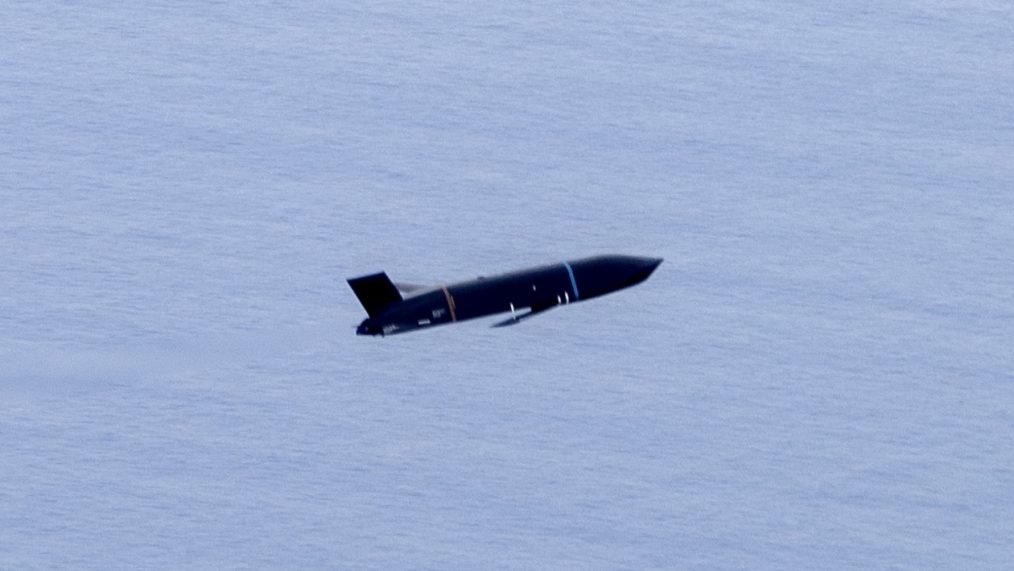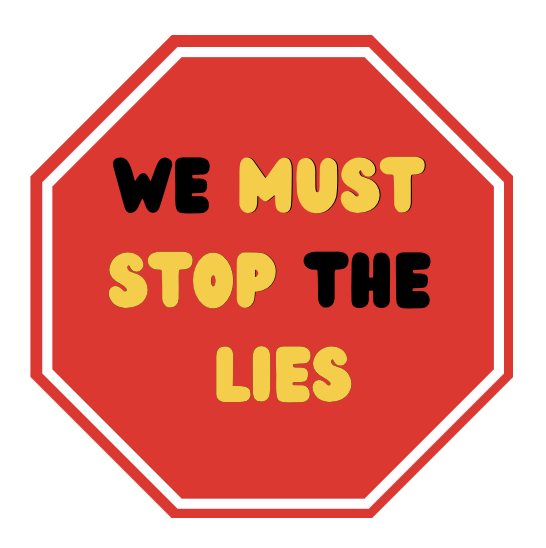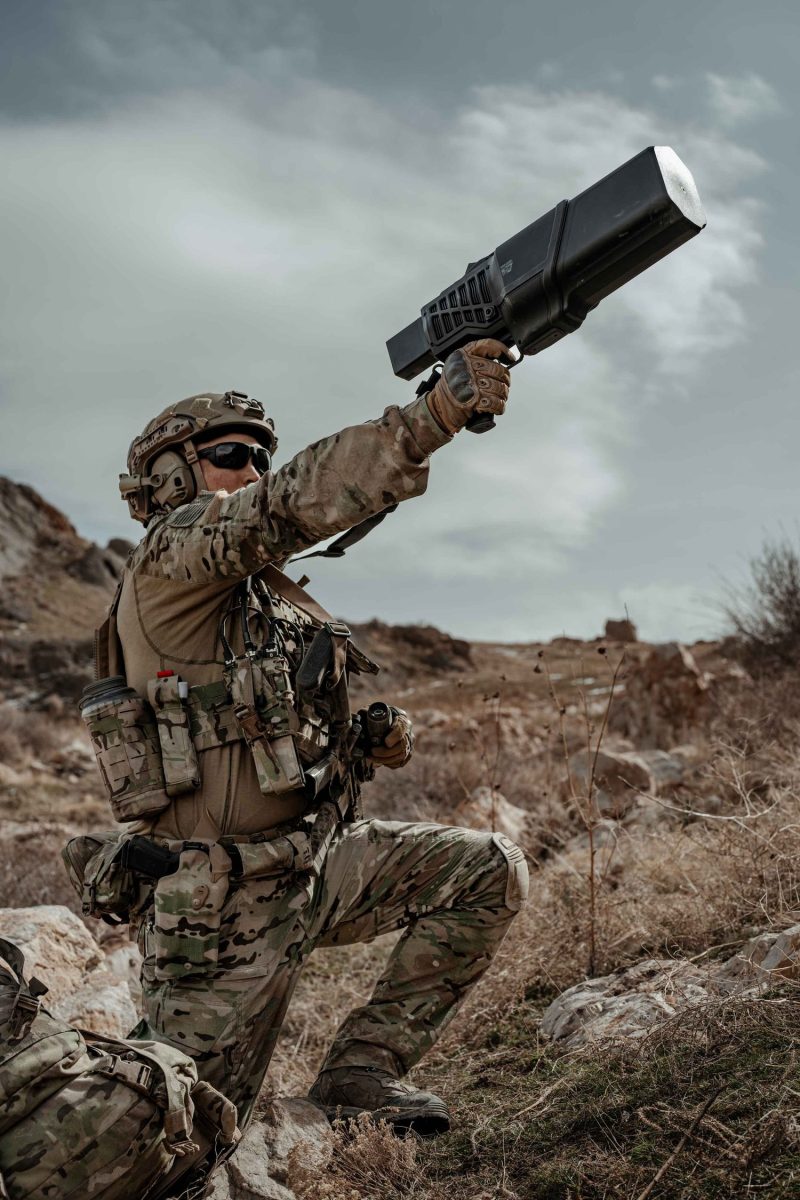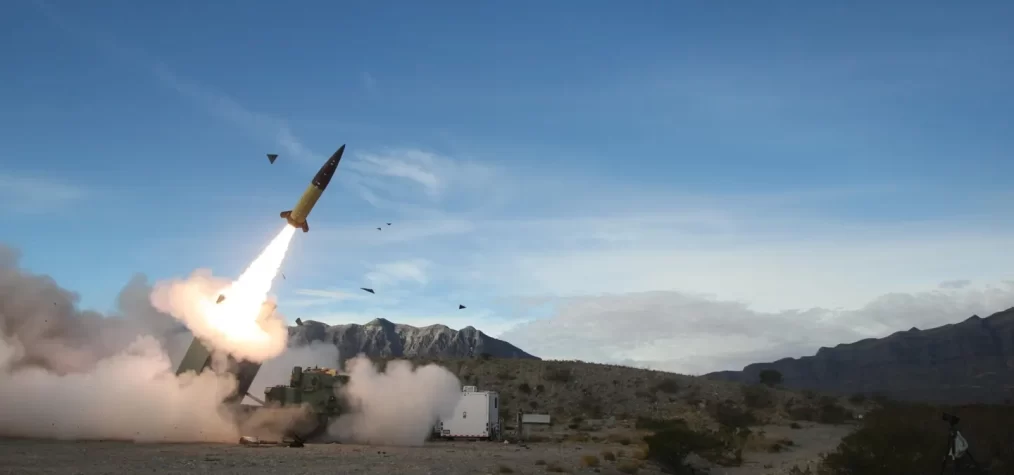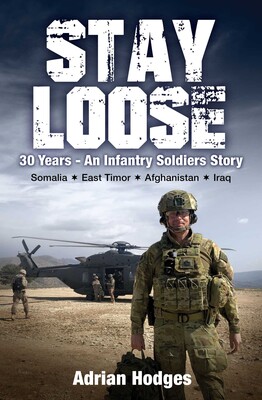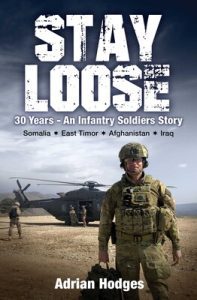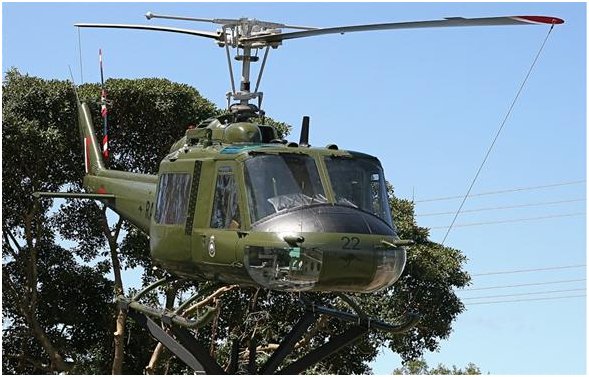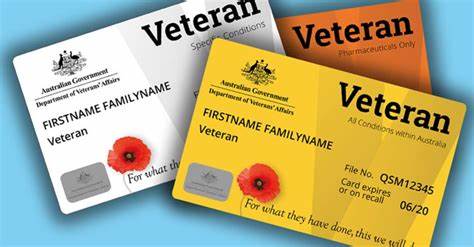A Long Range Anti-Ship Missile in flight after being released from a No. 1 Squadron F/A-18F Super Hornet. (Image credit: Australian Defence Force)
The Australian government has confirmed the successful live firing of an AGM-158C Long Range Anti-Ship Missile (LRASM) from a Royal Australian Air Force (RAAF) F/A-18F Super Hornet. The test, conducted with support from the U.S. Navy, took place off the coast of California in February 2025.
During this period, an RAAF contingent was in the United States participating in exercises Red Flag Nellis 25-1 and Bamboo Eagle 25-1. These exercises, held between late January and mid-February, focused on operational challenges in the Indo-Pacific, particularly long-range strike missions, maritime integration, and multi-domain coordination. This environment provided an ideal scenario for testing the missile system.
Strengthening Australia’s Maritime Strike Capability
The test was part of a broader effort to enhance the Australian Defence Force’s (ADF) maritime strike capability. Australia has allocated $895.5 million for the acquisition of LRASM as part of a wider $28–35 billion investment over the next decade to improve targeting and long-range strike capabilities.
The operational testing involved validating weapons preparation, loading procedures, targeting, and successful engagement. A simulated long-range maritime strike scenario included support from an Australian E-7A Wedgetail and EA-18G Growler, along with a U.S. Navy P-8A Poseidon.
A video released by the Ministry of Defence captured the test, showing the moment of missile release from both the cockpit and an accompanying aircraft. Two Super Hornets were involved in the live fire, each deploying an LRASM.
Following the successful test, the missile has been declared operationally ready. With a range exceeding 370 km, the LRASM will significantly enhance the RAAF’s maritime strike capabilities. Australia intends to integrate the weapon across multiple platforms, aligning with the U.S. Navy’s approach to strengthening maritime defence capabilities.

